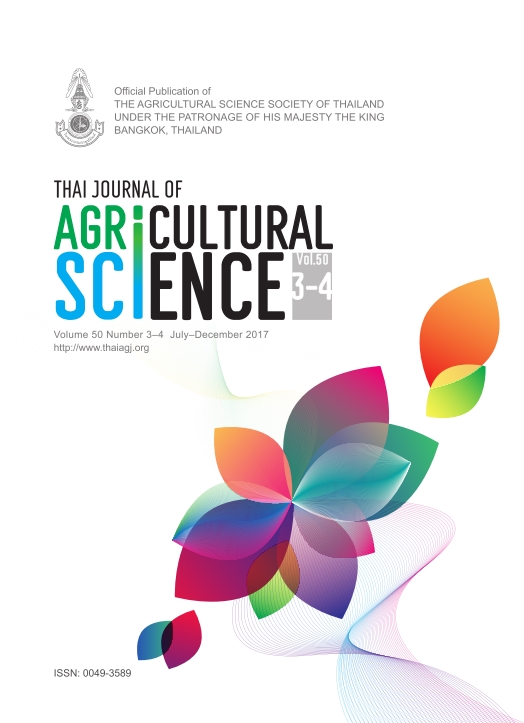Analysis of Growth Models of Japanese Quails (Coturnix Coturnix japonica) in Nigeria
Main Article Content
Abstract
This study, aimed at comparing the growth curve parameters and determining the best nonlinear model for Japanese quails was conducted at the Department of Animal Science, University of Ibadan, Ibadan. Two hundred and thirty-five (235) Japanese quails were purchased at day old from a reputable hatchery in Ibadan and reared in cages, after two weeks of brooding on deep litter. Body weights (g) were taken weekly from hatch till the birds were 25 weeks old. The average of the weekly body weights was fitted to four non-linear models, namely Gompertz, Logistic, Brody and Von Bertalanffy to define the growth pattern and examine the existence of differences in the growth pattern described by the models. Models were compared using Coefficients of determination (R2), Mean square error (MSE), size of Residual standard deviation (RSD), Akaike’s information criteria (AIC) and Percentage forecast error. The R2 values were high for all models: 0.980, 0.979, 0.973 and 0.973 for Von Bertalanffy, Gompertz, Logistic and Brody, respectively. The Mean square error and Akaike’s information criteria values were 65.744 and 107.449; 64.685 and 107.043; 51.363 and 101.277; 49.731 and 100.470 for the Logistic, Brody, Gompertz and Von Bertalanffy models, respectively. Residual standard deviations were 8.979, 8.539, 7.847 and 7.832 with corresponding Percentage forecast error (PCFE) values of 16.315, 11.523, 12.948 and 13.687 for the Brody, Logistic, Gompertz and Von Bertalanffy models respectively. The Von Bertalanffy model was the most suitable for explaining the growth of the Japanese quails based on these goodness of fit criteria: The highest R2 (0.980), lowest Mean square error (49.731), Residual standard deviation (7.832) and Akaike’s information criteria (100.470).


